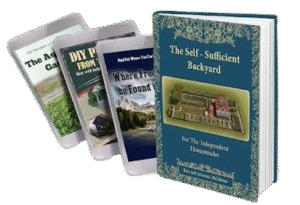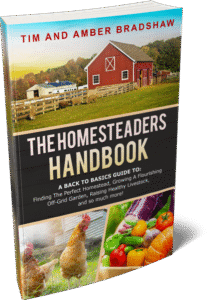Why You Can’t Ignore Self-Sufficiency in Today’s Uncertain World
By The EcoForm Team — August 31st, 2025
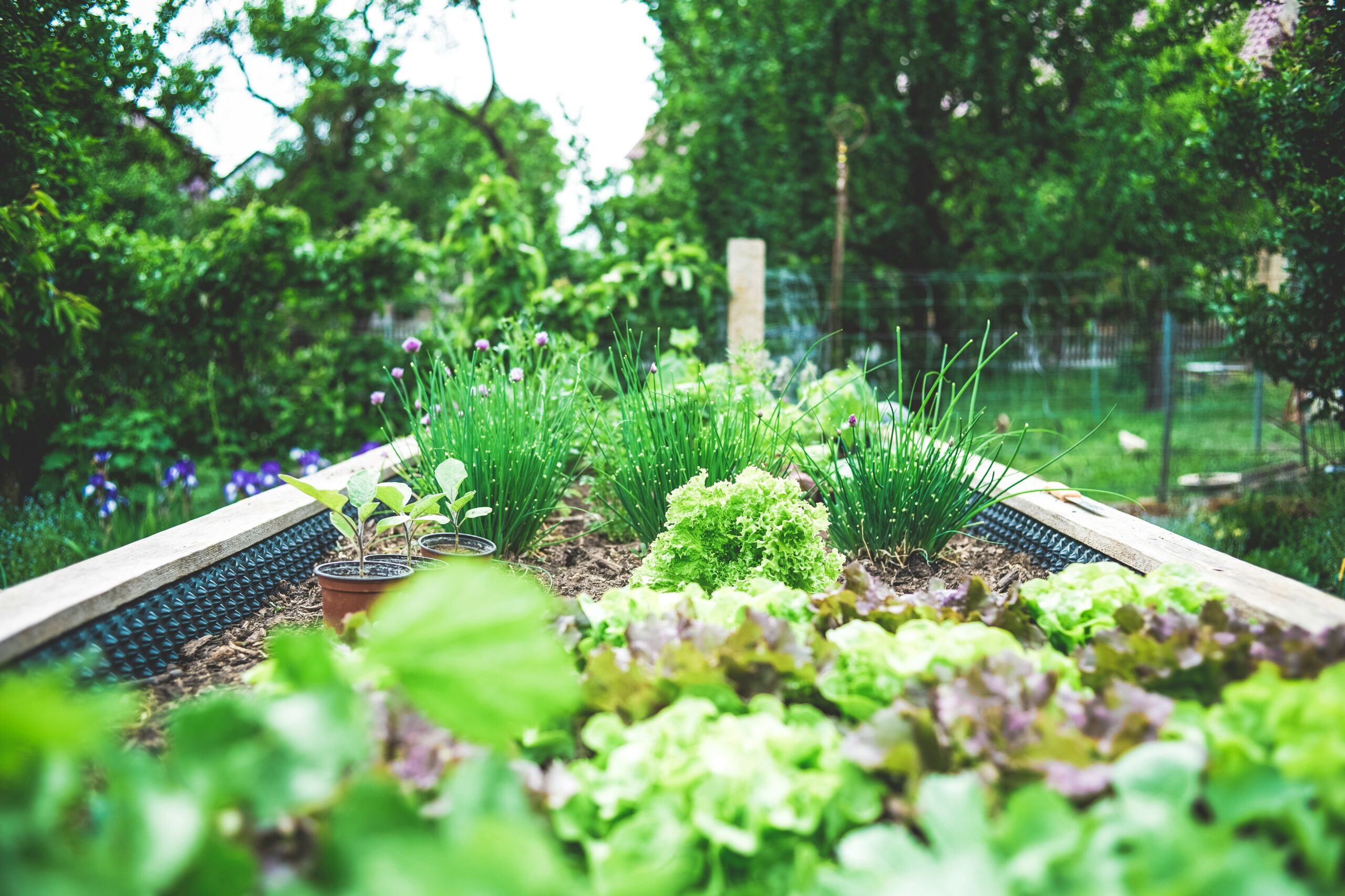
Why Self-Sufficiency Matters More Than Ever
Empty shelves, rising food prices, and global supply disruptions have made one thing clear: we depend too heavily on fragile systems we don’t control. But self-sufficiency isn’t just about bracing for the next crisis. It’s also about living better—eating fresher food, saving money, reducing waste, and gaining the confidence that comes from knowing you can care for yourself and your family.
This guide will walk you through practical first steps in gardening, seed saving, and herbal medicine—skills that strengthen resilience and create a more sustainable, rewarding lifestyle right now.
Step 1: Grow Your Own Food
Why Gardening Is the Gateway to Independence
You don’t need acres of farmland to start growing your own food. Even a balcony garden with a few pots can trim grocery bills and give you healthier, more nutrient-rich meals. Gardening is often the first step toward self-sufficiency because results are tangible—every harvest builds confidence and momentum.
Beginner-Friendly Crops
Lettuce & greens – quick to grow, ready in weeks
Tomatoes – versatile and rewarding
Herbs (basil, parsley, mint) – useful daily, even in small spaces
Beans or peas – great for kids and beginner seed saving
Avoid Common Pitfalls:
Overwatering → most plants prefer less than you think
Poor soil → invest in compost or organic mix for strong growth
Planting too much too soon → start small, expand gradually
Step 2: Save Seeds for the Future
Why Seed Saving Matters
Seed saving turns gardening into a self-sustaining cycle. Instead of relying on commercial seed packets, you create your own renewable food source while preserving biodiversity.
Easiest Crops to Start With:
Beans and peas
Peppers
Tomatoes
Sunflowers
Quick FAQs:
Can you save seeds from grocery produce? Sometimes, but hybrids are unreliable. Heirloom or open-pollinated seeds are best.
Do saved seeds expire? Stored properly (cool, dry place), most last 1–5 years.
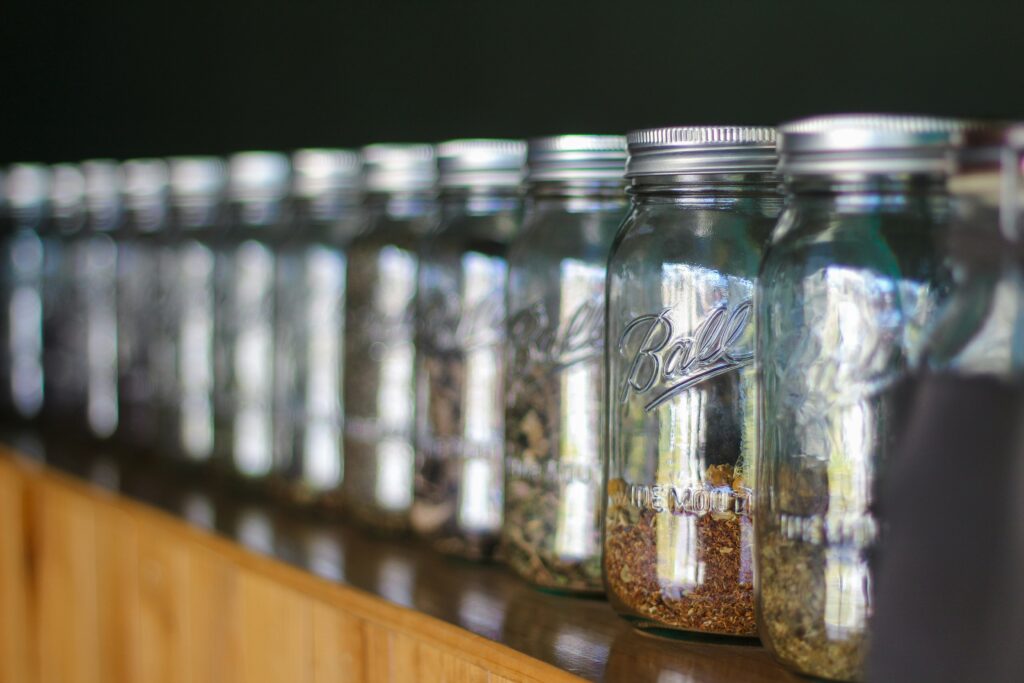
Step 3: Learn Herbal Medicine Basics
Why Herbs Belong in Every Home
Before over-the-counter remedies dominated, families turned to herbal medicine for everyday wellness. Today, simple herbs like chamomile, peppermint, and ginger can still ease common ailments naturally.
Easy Herbs to Begin With:
Chamomile → calming, supports sleep
Peppermint → aids digestion, makes refreshing teas
Echinacea → immune support
Calendula → soothing for skin
Beginner How-To:
Brew simple teas and infusions
Dry and store herbs for long-term use
Keep a family journal on what remedies work best
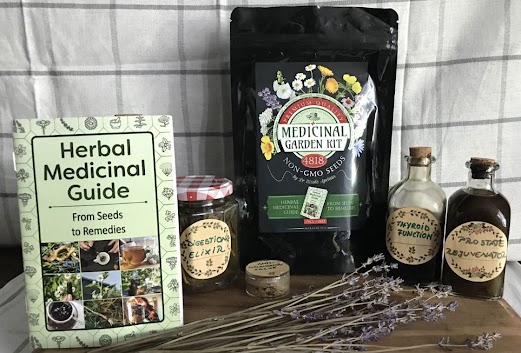
Step 4: Think Beyond the Garden
Expanding Your Independence
Once you’re comfortable with gardening and herbs, consider broadening your self-sufficiency skills. Food security is only one piece of the puzzle.
Energy savings and independence → Learn how to cut energy bills and reduce reliance on utilities!
Year-round food supply → build resilience with year-round harvests with greenhouse tips!
All-in-one eco-living toolkit → a comprehensive library for those ready to get started on their own!
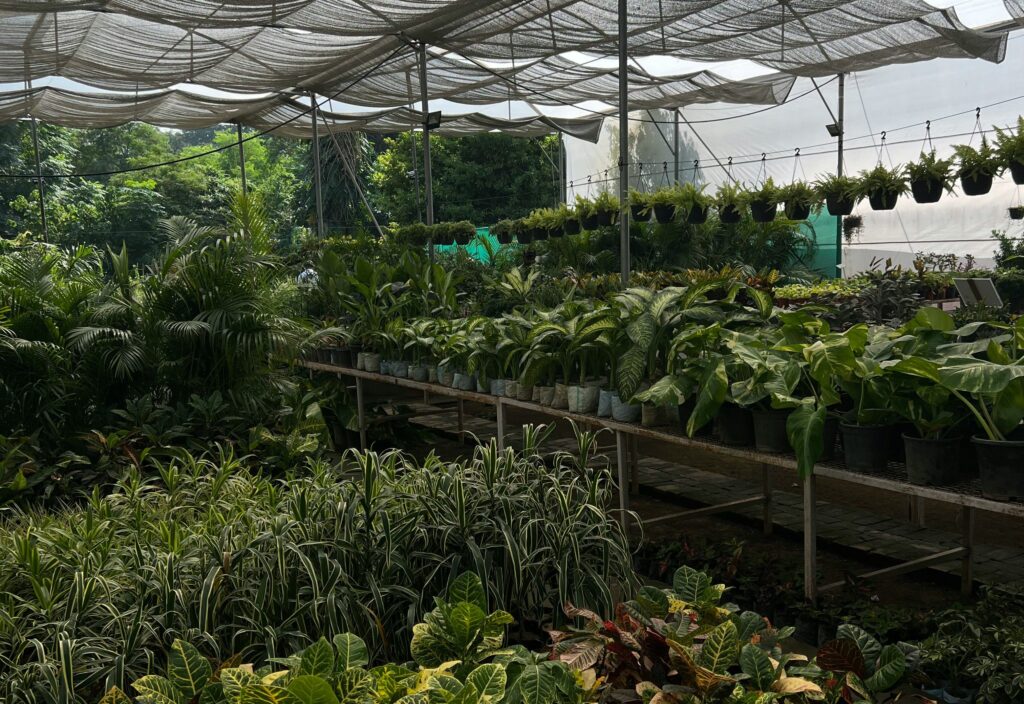
Step 5: Build Your Knowledge and Community
Self-sufficiency doesn’t thrive in isolation—it grows when shared. Connecting with local gardeners, seed swaps, or herbal study groups can speed up your learning and keep motivation high.
Practical Tips:
Keep a gardening or herbal journal
Join a local Facebook group, co-op, or tool-share network
Teach kids one new skill each season
Celebrate small wins—your first jar of pickles is a milestone!
Key Takeaways
Self-sufficiency reduces dependence on fragile systems.
Even small steps (like growing lettuce or saving seeds) make a big impact.
Herbal remedies reconnect health with nature.
The right resources can dramatically smooth your learning curve.
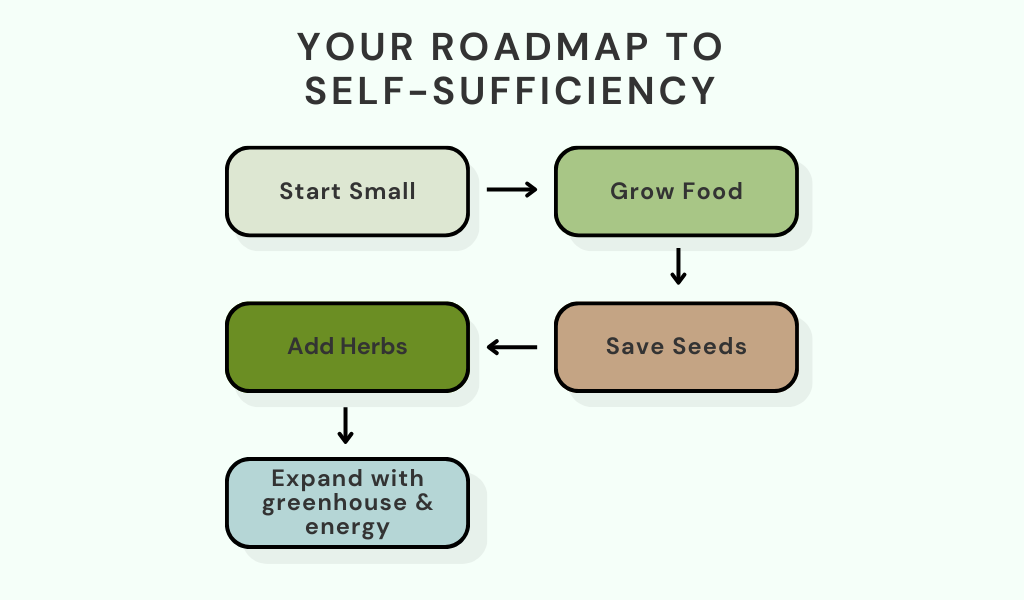
Conclusion: Start Small, Start Today
he truth is, none of us can control supply chains or global crises. But we can control how prepared and resilient we are in our own homes. Every time you learn to grow a tomato, save seeds, or brew a simple herbal tea, you’re reclaiming a piece of independence while living in harmony with the planet.
You don’t need to master everything at once. Start small: plant a single herb pot on your windowsill, save seeds from one healthy tomato, or dive into a guidebook that sparks your curiosity. These steps may feel simple, but together they create a powerful foundation—one that lowers your costs, nourishes your family, and strengthens your peace of mind.
Over time, these small actions build into a lifestyle that’s healthier, greener, and more confident. And the best part? Each choice you make not only prepares you for uncertain times but also adds joy, skills, and security to your everyday life.

